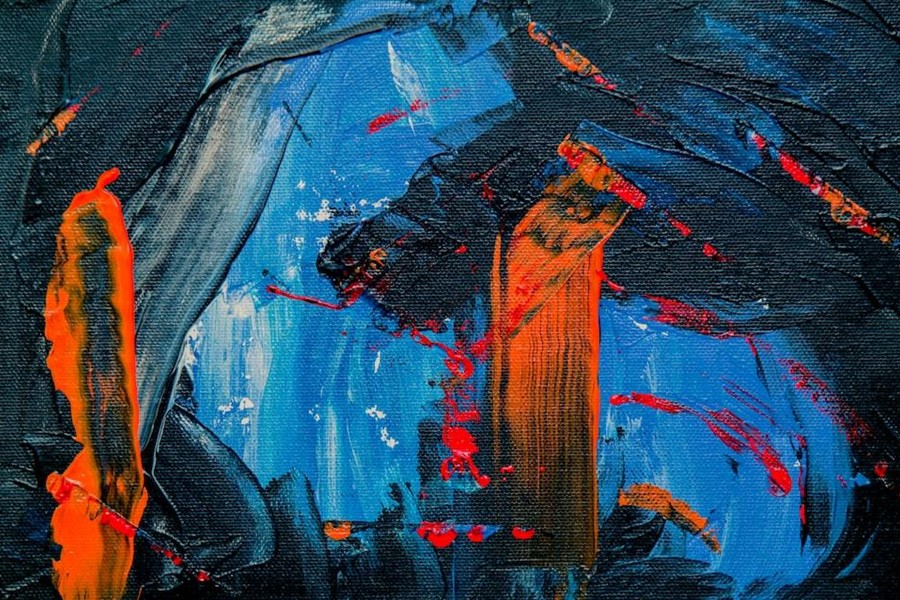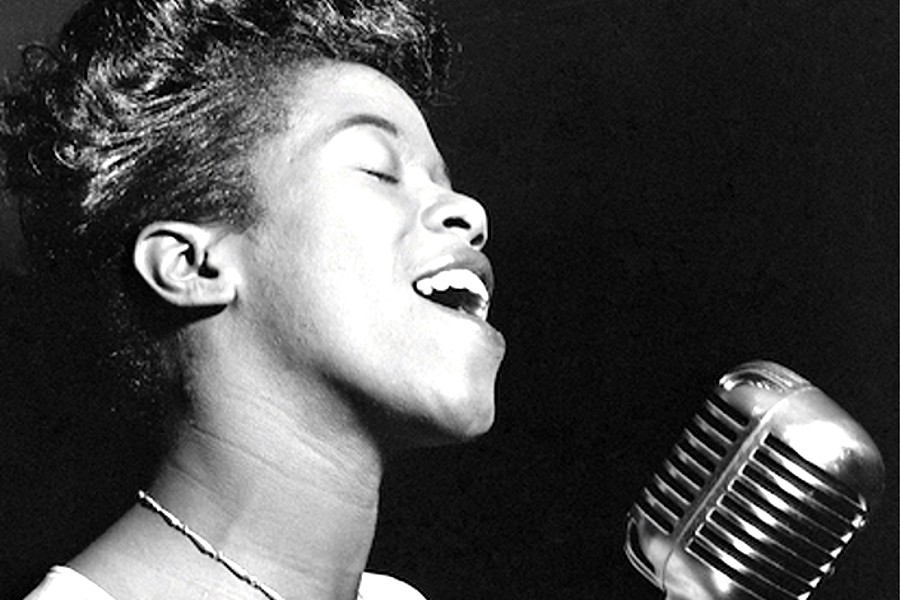
Artistic expression is a vital component of higher education as it nurtures creativity, critical thinking, and emotional intelligence among students.
By providing a platform for students to explore and express their artistic talents, colleges and universities foster an environment that goes beyond academic achievements. Artistic expression allows students to communicate their thoughts, emotions, and experiences in a unique and powerful way, contributing to their personal growth and development.
One of the key reasons why artistic expression holds such importance in higher education is its ability to enhance student’s overall learning experience. Engaging in artistic activities, such as painting, music, dance, and theater, encourages students to think outside the box, challenge conventional ideas, and develop innovative solutions. These creative outlets provide an avenue for self-expression, enabling students to express their perspectives and ideas in a manner that is not always possible through traditional academic disciplines.
Furthermore, artistic expression helps students develop crucial skills that are highly valued in the professional world. The ability to think creatively, adapt to new challenges, and communicate effectively are all qualities that employers seek in job candidates. By encouraging artistic expression, higher education institutions equip students with the tools necessary to succeed in their future careers.
Benefits of artistic expression for students
Engaging in artistic expression offers numerous benefits for students. Firstly, it fosters self-discovery and self-confidence. Through art, students can explore their identities, emotions, and values, gaining a deeper understanding of themselves. This process of self-discovery enhances their self-esteem and empowers them to embrace their unique qualities.
Artistic expression also promotes emotional well-being. Many students face academic and personal pressures in college, which can negatively impact their mental health. Engaging in creative activities provides an outlet for stress and anxiety, allowing students to process their emotions in a healthy and constructive way. Art therapy has been proven to be effective in reducing stress and promoting relaxation, making it an essential tool for student well-being.
In addition, artistic awareness increases creativity and guarantees students a greater number of ways to solve problems. Of course, this does not protect you from the possibility that one day you will have to buy custom coursework online, but it is worth taking it as another possible option.
Moreover, artistic expression encourages collaboration and teamwork. In group art projects or performances, students learn to communicate and cooperate with others, developing essential interpersonal skills. These collaborative experiences foster a sense of community and belonging, creating a support system within the campus that extends beyond academic pursuits.
Historical context of artistic expression in higher education
Artistic expression has a rich history in higher education, dating back to ancient civilizations. In ancient Greece, for example, the arts were considered an integral part of education, with music, drama, and visual arts being taught alongside other academic subjects. The Renaissance period also saw a resurgence of interest in the arts, leading to the establishment of art academies and the promotion of artistic expression in education.
In the modern era, colleges and universities have recognized the importance of artistic expression in fostering well-rounded individuals. Many institutions have dedicated departments and programs for the arts, offering degrees in fine arts, music, theater, and other creative disciplines. These departments provide students with the opportunity to pursue their artistic passions while receiving a comprehensive education.
Types of artistic expression on college campuses
College campuses are vibrant hubs of artistic expression, offering a diverse range of creative outlets for students. Visual arts, such as painting, sculpture, and photography, are commonly found on campus through art galleries and exhibitions. Students can showcase their work and gain exposure to different artistic styles and techniques.
Music is another prevalent form of artistic expression on college campuses. Many universities have music departments that offer classes, ensembles, and performance opportunities for students. Whether it’s playing an instrument, singing in a choir, or composing music, students have the chance to develop their musical talents and share their passion with others.
Theater and dance are also integral parts of artistic expression on college campuses. Students can participate in theater productions, join dance troupes, or take classes to enhance their performance skills. These forms of artistic expression not only allow students to showcase their talents but also provide a platform for storytelling and social commentary.
Challenges and opportunities for student artists
While artistic expression is valued in higher education, student artists often face unique challenges. Limited resources and funding can hinder their ability to fully explore and develop their artistic talents. Access to art supplies, studio space, and specialized equipment may be limited, making it difficult for students to realize their creative visions.
Another challenge is the perception that artistic pursuits are not as valuable as traditional academic disciplines. This mindset can lead to stigmatization and a lack of support for student artists. It is important for colleges and universities to recognize the value of artistic expression and provide the necessary resources and opportunities for student artists to thrive.
Despite these challenges, there are also opportunities for student artists to overcome obstacles and make a lasting impact. Many universities have art scholarships and grants available to support talented individuals. Additionally, student organizations and clubs focused on the arts provide a supportive community and networking opportunities. By actively seeking out these resources and engaging in collaborations, student artists can create their own opportunities for growth and recognition.
Supporting and promoting artistic expression on campus
To support and promote artistic expression on campus, colleges and universities can take several initiatives. Firstly, they can allocate adequate funding and resources to art departments, ensuring that students have access to the materials and facilities they need. Creating dedicated spaces for artistic activities, such as art studios, music practice rooms, and performance theaters, demonstrates a commitment to fostering artistic expression.
Furthermore, colleges and universities can establish partnerships with local arts organizations and professionals. This collaboration can provide students with mentorship opportunities, internships, and exposure to the wider artistic community. Guest lectures, workshops, and exhibitions featuring renowned artists can also enrich the campus experience and inspire student artists.
Incorporating artistic expression into the curriculum is another effective way to support student artists. Offering elective courses in the arts allows students from various disciplines to explore their creative interests. Integrating art into other academic subjects, such as science or history, can also enhance students’ understanding and engagement with the material.
The impact of artistic expression on student well-being and academic success
Artistic expression has a profound impact on student well-being and academic success. Numerous studies have shown that engaging in artistic activities reduces stress, anxiety, and depression among students. By providing an outlet for self-expression and emotional release, artistic expression promotes mental health and resilience.
Moreover, artistic expression enhances cognitive skills and academic performance. Creative activities stimulate the brain, improving memory, problem-solving abilities, and critical thinking skills. Students who engage in artistic expression often demonstrate higher levels of concentration, focus, and attention, leading to improved academic outcomes.
Artistic expression also fosters cultural understanding and empathy. Through exposure to different art forms and perspectives, students develop a broader worldview and appreciation for diversity. This increased cultural competence enhances their ability to collaborate and communicate effectively in a globalized society.
Examples of successful artistic expression initiatives on college campuses
Several colleges and universities have implemented successful artistic expression initiatives that serve as models for other institutions. The University of California, Los Angeles (UCLA) has a renowned arts program that encompasses various disciplines, including visual arts, music, theater, and film. UCLA’s commitment to artistic expression is evident in its state-of-the-art facilities, extensive course offerings, and numerous student-led performances and exhibitions.
Another example is the Savannah College of Art and Design (SCAD) in Georgia. SCAD offers a comprehensive arts education, with programs in animation, fashion design, photography, and more. The college’s emphasis on hands-on learning and professional development prepares students for successful careers in the arts.
At Rhode Island School of Design (RISD), artistic expression is deeply integrated into the curriculum. RISD’s interdisciplinary approach encourages students to explore multiple art forms and collaborate across disciplines. The school’s alumni have achieved great success in the art and design world, showcasing the effectiveness of RISD’s artistic expression initiatives.
Resources and organizations for student artists
Numerous resources and organizations are available to support and empower student artists. The National Association of Schools of Art and Design (NASAD) is a leading accrediting agency for art and design programs, providing guidance and standards for quality education. NASAD’s website offers a wealth of resources, including scholarships, grants, and internship opportunities.
For visual artists, the College Art Association (CAA) is a valuable organization. CAA provides information on conferences, exhibitions, and publications in the field of visual arts. The organization also offers career development resources and networking opportunities for student artists.
In addition, many colleges and universities have their own art galleries and exhibition spaces that showcase student work. These galleries provide a platform for students to gain exposure and recognition for their art. Students can also participate in local art festivals, competitions, and community events to showcase their talents to a wider audience.
Conclusion
Artistic expression plays a vital role in higher education, providing students with opportunities for self-discovery, personal growth, and academic success. By fostering an environment that values and supports artistic expression, colleges and universities empower students to explore their creative passions and develop vital skills. Through visual arts, music, theater, and dance, students can communicate their thoughts, emotions, and experiences in a powerful and unique way.
As colleges and universities continue to prioritize artistic expression, it is essential to provide adequate funding, resources, and opportunities for student artists. By doing so, institutions can create an inclusive and supportive environment that fosters creativity, collaboration, and well-being. The impact of artistic expression extends far beyond the campus, shaping the next generation of artists, thinkers, and innovators.
- Wells Fargo Shares Economic Impact From Open For Business Fund
- Harlem Rallies For Kamala Harris: A Historic Gathering Of Black Women Leaders
- In Conversation With Ketanji Brown Jackson At The Apollo Theater In Harlem
- Chancellor David C. Banks Appoints Simone Hawkins As Deputy Chancellor For Early Education
- Vibrant Summer Styles Are Making A Comeback 2024
Become a Harlem Insider!
By submitting this form, you are consenting to receive marketing emails from: Harlem World Magazine, 2521 1/2 west 42nd street, Los Angeles, CA, 90008, https://www.harlemworldmagazine.com. You can revoke your consent to receive emails at any time by using the SafeUnsubscribe® link, found at the bottom of every email. Emails are serviced by Constant Contact









